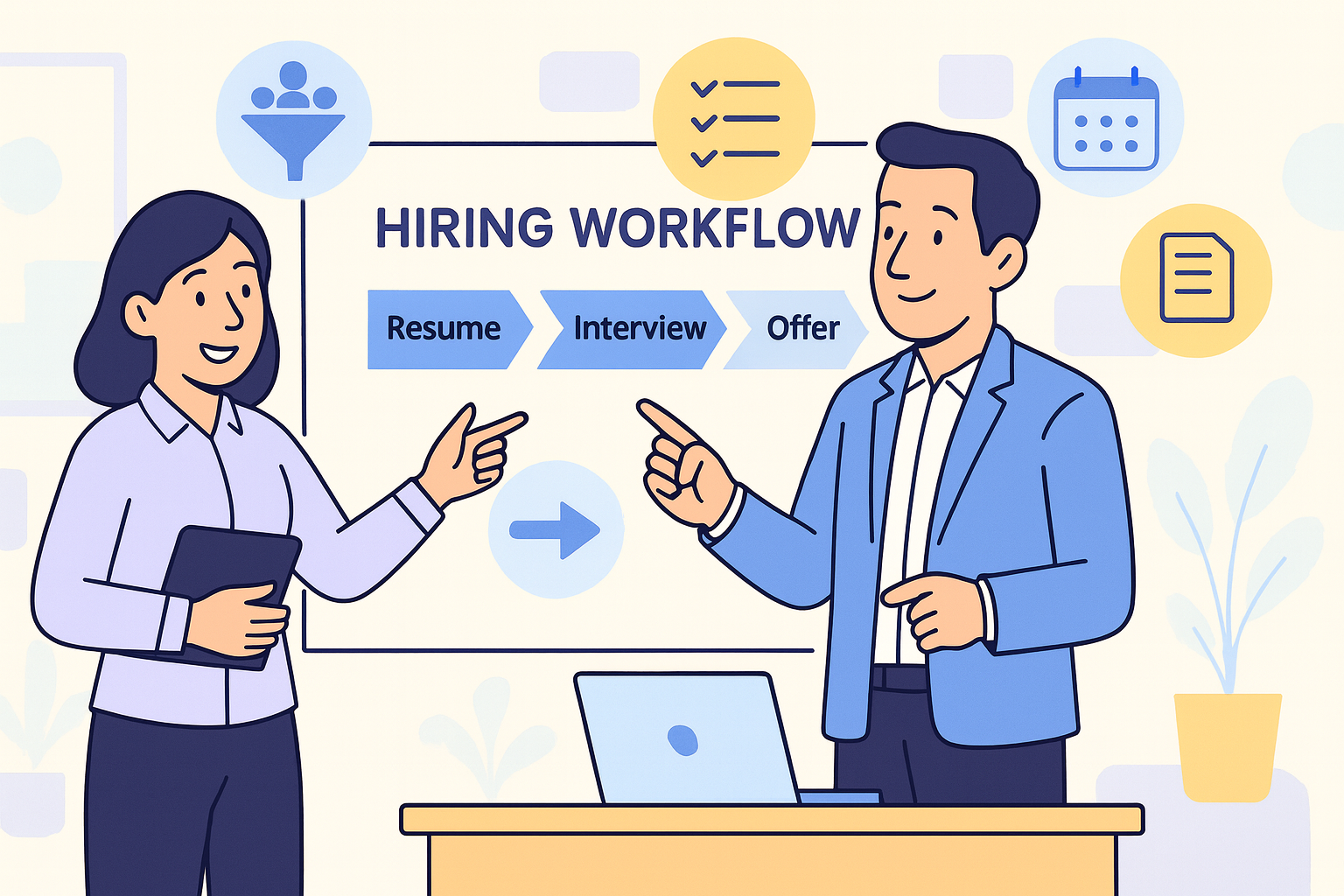Virtual Assistant Turnover: Why You’re Rehiring and How to Stop
Break free from the Virtual Assistant turnover cycle with systems that boost reliability and long-term team success.

If you’re a CEO or business owner stuck in the loop of hiring, training, and replacing Virtual Assistants, you’re not alone.
High VA turnover isn’t just annoying—it’s expensive, demoralizing, and disruptive. And while it might seem like an inevitable part of outsourcing, it usually signals a broken process. Whether it’s unclear hiring criteria, poor onboarding, or a lack of ongoing support, the real issue is structural—not personal.
At HelpFlow, we’ve spent over a decade helping businesses build reliable, high-performing VA teams. Let’s walk through how to break the cycle for good.

Why the Virtual Assistant Churn Cycle Keeps Repeating
Hiring a virtual assistant should make things easier. But when there’s no structure behind the hire, you’re basically hoping for the best. That’s what leads to short-term VAs who bounce quickly—or worse, stick around without delivering much.
Here’s how weak foundations cause strong churn:
- Misaligned Hiring: Too many businesses hire based on availability, not capability. Without clear role definitions and performance metrics, it’s impossible to hire for fit.
- Weak Onboarding: Most VAs start with a login and a list of tasks. No context, no direction, and no early support leads to confusion and quick disengagement.
- No Long-Term Vision: If your VAs don’t know where they’re going, they won’t stick around. A lack of growth planning signals “temporary job,” not “long-term role.”
- Unclear Role Structure: Many VAs are handed vague responsibilities with no clear scope or success metrics. A well-defined virtual assistant role—with structured tasks and measurable outcomes—provides the clarity needed to stay engaged and deliver long-term value.
Break the cycle by addressing the structure, not the surface. Hiring isn’t luck—it’s alignment and preparation.

The Real Cost of Constant VA Turnover
Every time a virtual assistant walks away (or gets let go), the ripple effects pile up. You’re not just losing a contractor—you’re hitting pause on progress. Deadlines slip. Teams scramble. Morale dips. And you’re stuck repeating the same cycle with every new hire.
Here’s what constant replacement really costs you:
- Lost Time: You’re re-posting jobs, re-screening applicants, and re-training hires—again. That’s time you could spend scaling.
- Team Disruption: When VAs leave, the rest of the team picks up the slack. That adds stress and lowers morale—especially when the cycle keeps repeating.
- Operational Gaps: Departing VAs often take undocumented knowledge with them—internal systems, process hacks, and client quirks that aren’t written down but matter.
The result? A fragile operation that stalls when someone walks out. Stability doesn’t come from better people—it comes from better systems. Businesses that systematize their remote virtual assistant workforce experience greater consistency and retention, largely because roles and expectations are clearly defined from the outset.

How to Build a Reliable VA Setup (That Lasts)
You don’t need more hires. You need a better system. Long-term reliability comes from structure—clear expectations, strong onboarding, and ongoing guidance. This shifts your virtual assistants from temporary help to long-term teammates.
To build a VA setup that scales with your business, focus on three fundamentals:
- Clarity Before Day One: Define the role thoroughly—key outcomes, daily responsibilities, and how it fits into the bigger picture. This keeps hiring targeted and onboarding smoother.
- Intentional Onboarding: Build a simple but structured onboarding plan with scheduled check-ins, shared SOPs, and quick wins in the first 30 days. It doesn’t have to be complex—it just has to be consistent.
- Ongoing Direction and Growth: Regular feedback loops and clear performance goals help VAs stay engaged and aligned with evolving business needs.
Additionally as businesses scale, AI tools are playing an increasingly critical role in enhancing virtual assistant productivity—streamlining workflows, improving decision-making, and enabling teams to operate more efficiently in remote environments. Combining the strengths of human virtual assistants with AI tools can streamline workflows and improve decision-making, leading to increased efficiency in remote operations.
Stop the Virtual Assistant Churn and Start Scaling
VA churn isn’t just frustrating—it’s avoidable. When you install the right systems, you get stability, scalability, and a team that actually sticks.
If you’re tired of rehiring and retraining every few months, here’s the truth: long-term virtual teams start with structure.
At HelpFlow, many of our Virtual Assistants have stayed with us for years—because we’ve built systems that support consistency, growth, and performance.
Want to uncover what’s causing churn in your VA setup?
Book a free strategy call here. We’ll dig into what’s happening with your current team and give you clear, actionable steps to stop the cycle—no pressure, just practical advice you can use right away. Let’s build a team that lasts!
Related posts










